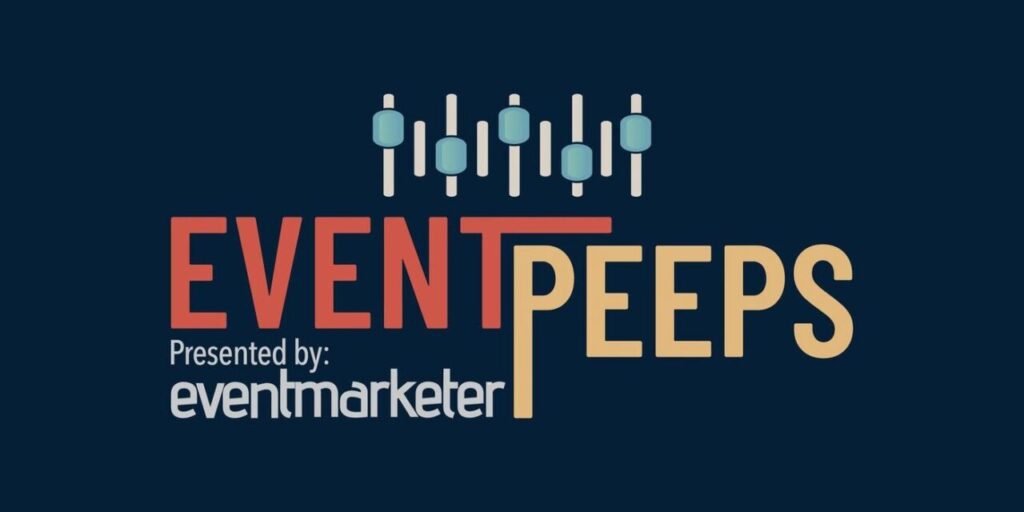The family unit has survived, after all.
Of the 105.5 million households in the U.S. in 2000, 68.1 percent, or 71.8 million, were families, according to the latest U.S. Census. Households with children under 18 totaled 34.6 million; the average family unit had 3.14 members.
Today’s family often looks a lot different, of course. Single-mother households have grown three times as fast as married couples; married couples now comprise only 52 percent of all households.
“The term ‘family’ has been redefined,” says Kelly Barnett, promotions manager at SeaWorld, Orlando. “Just as often as we see the traditional nuclear family, today we have single parents bringing their children, and a lot of seniors in our area who bring their grandchildren.”
Whatever the makeup may be, the concerns of the family unit remain the same. And one of the most pressing matters is the financing of a college education — which is often an even greater strain on single-parent households. In the last 20 years, tuition at four-year colleges grew six times faster than the average family income, according to The College Board’s Trends in College Pricing 2000. Getting two children through four years of college now costs $100,222 at a public university and $220,509 at a private institution.
Enter Upromise, Inc., Brookline, MA, a nonprofit college savings “accelerator” designed to help families save money for tuition with the assistance of cause-minded marketers. Since launching in April, Upromise has recruited a network of partners ranging from AT&T, Basking Ridge, NJ, to Toys “R” Us, Paramus, NJ, willing to donate a percentage of sales to college savings plans managed by Salomon Smith Barney and Fidelity Investments. The program also covers purchases made by participating parents as well as grandparents and aunts and uncles. Participation requires little more than the submission of credit-card information at upromise.com.
Upromise founder and ceo Mike Bronner founded Boston-based direct-marketing shop Digitas 18 years ago to put himself through college. “My family only had enough money for the first two years,” says Bronner. “It really made me aware that there is a real funding crisis when it comes to education.” The Upromise Advisory board includes government and education leaders including former senator Bill Bradley and Harvard Business School dean Kim Clark.
Partners develop their own contribution plans. Toys “R” Us delivers two percent of a customer’s total purchase. “Secondary education is becoming a crisis because of the cost,” says executive vp-worldwide marketing and brand development Warren Kornblum. “We can help offer equal opportunity for kids.”
AT&T donates four percent of participating customers’ residential long-distance bills. “We think this is one of the most innovative marketing concepts to come along in a while,” says AT&T spokesperson Mark Siegel. “This [channels] everyday spending into one mass for college savings.”
McDonald’s, Oak Brook, IL, this fall begins contributing a portion of gift certificate sales. The program gives the QSR “a way to give back directly to customers while also helping to build customer loyalty and frequency,” says vp-marketing Peter Sterling.
This summer, ExxonMobile, Houston, begins providing at least one cent per gallon sold at all 16,000 U.S. locations. General Motors, Detroit, is kicking in $150 from vehicle purchases or leases at its more than 7,000 dealerships. Next year, Coca-Cola, Atlanta, will start donating three percent of Coca-Cola, Diet Coke, and Sprite purchases.
The program’s ability to attract such blue-chip partners could be unprecedented in marketing annals. Although there is no official exclusivity provided, Bronner says Upromise has been targeting category leaders (apparently to great success).
Upromise has also teamed with more than 7,000 restaurants through Transmedia to offer 10 percent of check totals, and with 70 online retailers including LandsEnd.com and Spiegel.com. With the reach of all its partners, the program will be marketed through billions of mailers, bill inserts, and store circulars, as well as on in-store displays at more than 60,000 retail locations. Over 200,000 real estate agents, mortgage brokers, and sales reps will pitch it to clients. Bronner expects to enroll one million consumers and generate eight billion consumer impressions in the first year.
In addition to the obvious goodwill aspect of the tie-in, partners can capitalize on one of the strongest incentives known to mankind: “There is a little bit of guilt at work here,” notes Bronner. “If you’re a grandparent and an AT&T subscriber, and you get a call from MCI, you have to ask whether you want to switch for that $25 savings on your bill or keep donating to your grandchild’s college fund. How can you explain that you gave up on your grandchild’s education to save some money?”
Fun and Functional
Not all family marketing involves such weighty issues, however. Simple “fun” often plays into the equation as well.
SeaWorld, for one, has addressed the changing family demographic by shifting its focus to all-inclusive gatherings. On May 26, the park introduced Rockin’ Summer Nights, an in-park concert series that runs through Labor Day Weekend. The program features disc jockeys and live bands, along with fireworks and a laser show. “This fits with our goal not to be seen as the traditional amusement park,” says Barnett.
SeaWorld also caters to the families of tomorrow by offering newlyweds an option to honeymoon at the parks — or even tie the knot there. The SeaWorld Wedding Package starts at $2,995 for a ceremony that includes officiant, harpist, bridal bouquet, groom boutonniere, and all-day admission to the parks (with lunch) for 10 people. Clyde, SeaWorld’s star sea lion, can also serve as ring bearer in Orlando.
SeaWorld has also found venues outside its parks. The company teamed with KFC, Louisville, KY, on SeaWorld Discovery Games, an educational meal premium.
Helping with the necessities of life also works. Hotels have been stepping up their efforts, enhancing the standard coloring-books giveaways to make the whole room a colorful experience: Howard Johnson, Parsippany, NJ, teamed with Binney & Smith’s Crayola Crayons, Easton, PA, this spring for Crayola Kids Rooms that will be phased in over the next few years. Participating hotels will feature premium rooms with family-friendly amenities such as videocassette players, refrigerators, night lights, children’s furniture, and Crayola lamps, clocks, easels, and accessories.
“We think this is one of the most innovative marketing concepts to come along in awhile.”
— Mark Siegel, AT&T
The chain expects the rooms to be most popular in such tourist-heavy markets as Orlando, Williamsburg, VA, and country music mecca Branson, MO, according to vp-marketing Christopher Trick. The rooms will cost about $1,200 to prepare, and should command a $10 to $30 premium over standard rates, he says.
Howard Johnson is also bolstering its kids fun pack with parent-targeting efforts like the Kids Go HoJo $50,000 College Sweepstakes. Families with children under 12 are eligible. A new online component lets kids submit drawings to Binney & Smith for possible posting on the eFrigerator Art Gallery at crayola.com/kids.
Meanwhile, sister chain Days Inns, Parsippany, NJ, this summer introduced Daysball, a scratch-and-win game that offers a trip for two to a championship game of choice. Through Sept. 5, guests can also win a trip for two to spring training camp, duffel bags filled with sporting equipment, or baseball mitts. Additional offers include free six-month subscriptions to AOL Time Warner’s Time or Sports Illustrated (for Automobile Association of America members only) and discounts from Avis Rent-a-Car and Popeyes Chicken & Biscuits restaurants. Days Inns executes in-house while Decker, Glastonbury, CT, handles creative.
Upromise Partners
America Online
AT&T
Borders Group
Century 21
Citibank
Coca-Cola
Coldwell Banker
Countrywide
Home Loans
CVS
ERA (real estate)
ExxonMobil
General Motors
McDonald’s
Staples
Starwood
Hotels and
Resorts
Toys “R” Us
Upromise
Restaurant
70 online retailers
Data Points
| Total U.S. households: | 105.5 million |
| Family households: | 71.8 million |
| With children under 18: | 34.6 million |
| Married households: | 54.5 million |
| With children under 18: | 24.8 million |
| Female-only households: | 12.9 million |
| With children under 18: | 7.6 million |
| Average househole size: | 3.14 |
| Source: U.S. Census | |
 Network
Network

